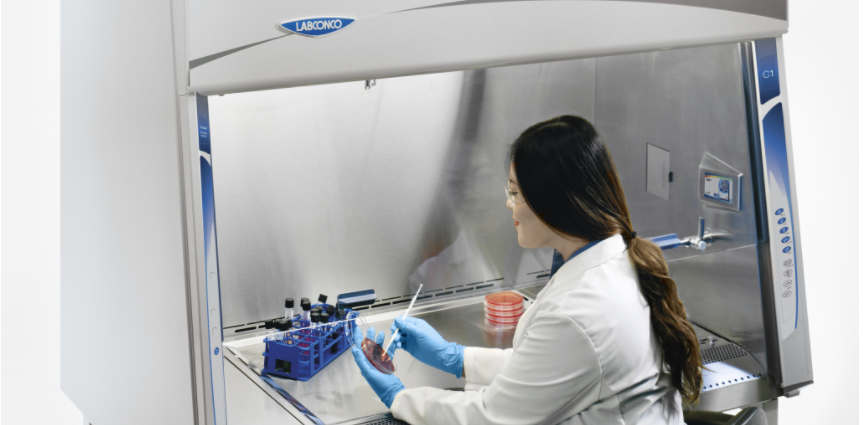As laboratories and research facilities continue to advance science and technology, safety and efficiency remain top priorities at mylabplus.
One critical piece of equipment that plays a significant role in ensuring a safe and efficient work environment is the biosafety cabinet. In this article, we will delve into what biosafety cabinets are, how they work, and why they are essential in the Malaysian laboratory setting.
What Are Biosafety Cabinets?

Biosafety cabinets are enclosed, ventilated workspaces designed to protect the laboratory worker, the product being handled, and the surrounding environment from harmful substances.
These cabinets are commonly used in biological, pharmaceutical, and clinical research laboratories, where they act as the primary means of controlling exposure to infectious agents, hazardous chemicals, and other dangerous materials.
How Do Biosafety Cabinets Work?
Biosafety cabinets work by providing three essential types of protection: personnel protection, product protection, and environmental protection. Personnel protection is achieved by creating a physical barrier between the worker and the materials being handled. Product protection is achieved by using HEPA filters to prevent contamination of the materials being worked on. Environmental protection is achieved by venting the air inside the cabinet through HEPA filters, which remove any airborne contaminants before they are released back into the laboratory.
Biosafety cabinets come in three classes based on the level of protection they provide. Class I cabinets provide personnel protection but no product protection, while Class II cabinets provide both personnel and product protection. Class III cabinets provide the highest level of protection and are typically used for handling the most hazardous materials.
Importance of Biosafety Cabinets in Malaysia

In Malaysia, biosafety cabinets play a vital role in ensuring the safety and well-being of laboratory workers, as well as protecting the environment from hazardous substances. Malaysia has an increasing demand for biosafety cabinets as more research and development work is being carried out in the country. The use of these cabinets helps prevent the spread of infectious diseases, ensuring that the public is kept safe. They also help protect laboratory workers from exposure to hazardous chemicals and biological agents, preventing illnesses and injuries.
Moreover, biosafety cabinets are essential in maintaining the integrity and quality of products being handled in research and development work. The cabinets help prevent cross-contamination, which could lead to inaccurate research results or compromised products. In turn, this can lead to financial losses, damage to reputations, and potentially dangerous consequences.
Conclusion
In conclusion, biosafety cabinets are essential in the laboratory setting in Malaysia. They play a crucial role in ensuring the safety of laboratory workers, the integrity of research and development work, and the protection of the environment.
It is crucial to choose the appropriate biosafety cabinet for the type of work being carried out and to maintain them regularly to ensure they function correctly. By doing so, Malaysian laboratories can continue to advance their work while maintaining the safety and well-being of those involved.
